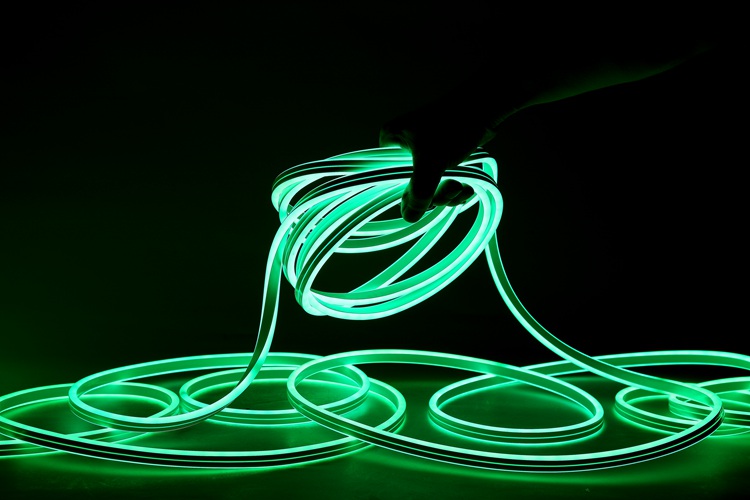
The choice between rope lights and strip lights depends on several factors, including the desired application, flexibility, installation ease, and aesthetic preferences. Both types of lights have their pros and cons, so it's important to understand the differences before making a decision.
Rope lights, as the name suggests, consist of small LED bulbs encased in a flexible plastic tube, resembling a rope. They are available in various lengths and colors, making them versatile for different lighting projects. Rope lights are commonly used for decorative purposes, such as outlining outdoor patios, illuminating staircases, or creating festive displays.

One advantage of rope lights is their flexibility. Due to the flexible casing, they can be easily bent around corners, wrapped around objects, or hung in different shapes. This flexibility allows for creative installations and unique lighting designs. Additionally, rope lights are generally more resistant to damage, as the plastic casing provides a certain level of protection for the LED bulbs.
However, rope lights have certain limitations. They are not as bright as strip lights, mainly due to the diffusing effect of the tube covering the individual LED bulbs. This may affect the overall brightness and uniformity of the lighting. Additionally, because the bulbs are encased in a tube, the light direction is primarily upward, making them less suitable for applications where downward or more focused lighting is desired.
Strip lights, also known as tape lights or ribbon lights, consist of a linear strip with multiple LED bulbs mounted on a flexible circuit board. Strip lights are available in various lengths, brightness levels, and color options. They are commonly used for accent lighting, task lighting, or ambient lighting in both residential and commercial settings.
One main advantage of strip lights is their brightness. The individual LED bulbs are typically more powerful than those used in rope lights, resulting in brighter and more intense lighting. Strip lights also offer more precise control over the lighting direction, as the bulbs are exposed without any diffusing cover.
Strip lights are easy to install and can be cut to the desired length at designated intervals, allowing for customized installations. Some strip lights can also be dimmed or adjusted for color temperature, offering flexibility in creating various lighting effects. However, strip lights are less flexible compared to rope lights due to the rigid circuit board. This can limit their adaptability to curved or irregular surfaces.
In summary, rope lights are better suited for creating decorative lighting effects with their flexibility and durability. They are suitable for applications where a softer, diffused light is desired. On the other hand, strip lights offer more intense and directional lighting, making them ideal for accent or task lighting. They are easy to install and provide more customization options but are less flexible compared to rope lights. Ultimately, the choice between rope lights and strip lights depends on the specific requirements and preferences of the lighting project.